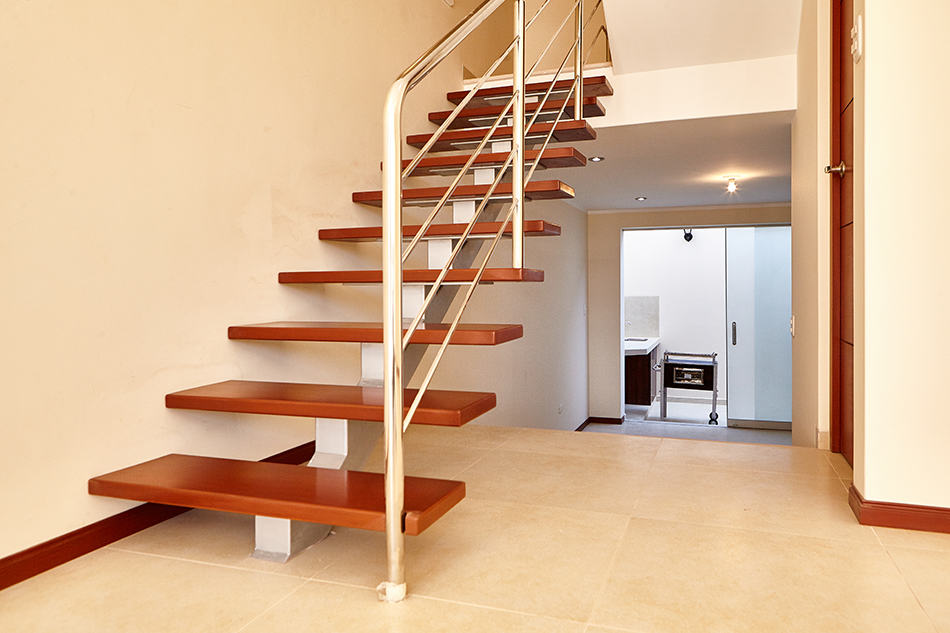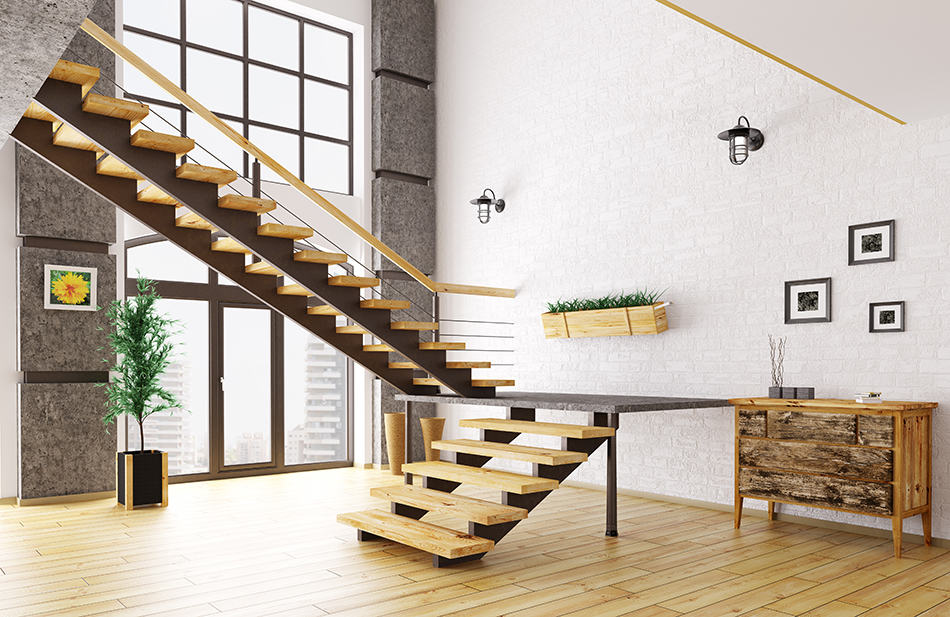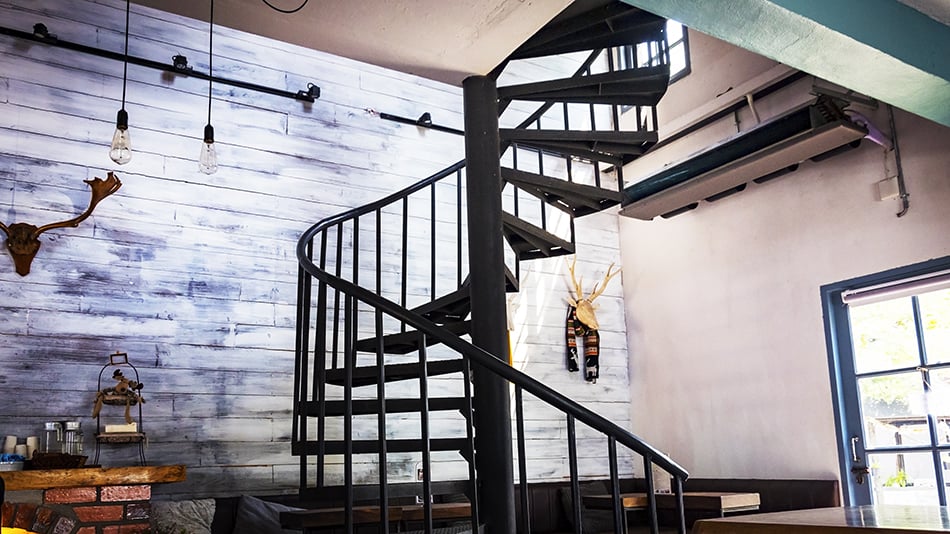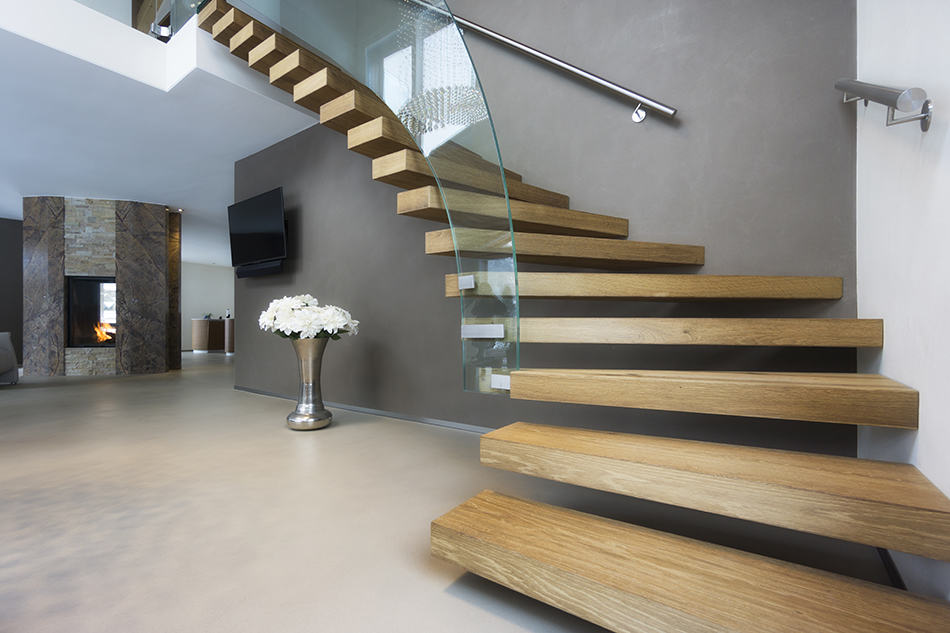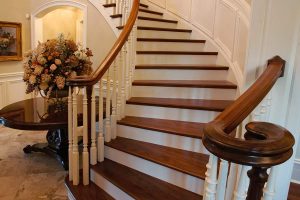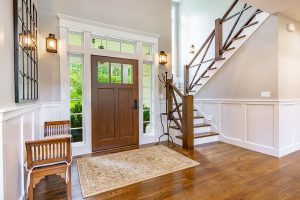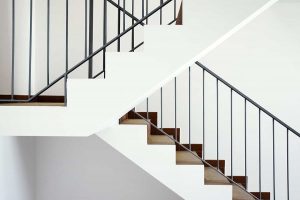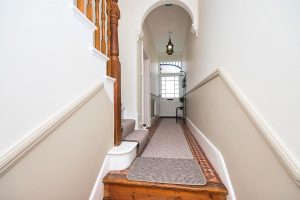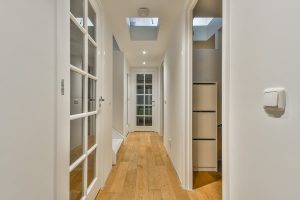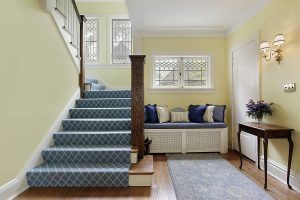When people see a unique, dramatic, traditional staircase, they immediately assume it must have cost a lot of money to build. Interestingly, the same applies when people see modern, simple, floating staircases made with simplified designs.
This article will explore whether these assumptions are true or not.
Need a quick answer? Here it is. You can also read until the end of the article to understand more about the floating staircase costs.
The cost of a floating staircase can vary greatly, with prices ranging from $5,000 to $30,000. This wide range is due to several factors that can affect the final price, such as the specific design elements and quality of materials used in construction.
What’s a Floating Staircase?
In the past, we’ve seen all kinds of wonderfully constructed traditional staircases, some of them magnificent enough to be termed ‘architectural wonders’; today’s staircase designs, on the other hand, have become a lot simple. Contemporary minimalist tastes have meant that modern staircases are streamlined and stripped of some of the staircase parts we are accustomed to seeing.
Floating staircases were designed as an alternative option for the more traditional staircases found in many residential and commercial buildings. These staircases are better suited for mid-market project budgets and provide a more beautiful substitute for the drywall-encased or concrete stairways that used to be tucked away in the perimeter of every building.
More still, these floating staircases are much easier to install. While in the past, it took a couple of weeks to build a stair system, floating stairs take just about a day to install.
These staircases bring a lot of air and openness to a building; they create drama and are always aesthetically pleasing. Its structural support is hidden and its footprint so small that its elements appear to be practically floating in space, hence the name floating staircases.
A floating staircase is, fundamentally, a beautifully deconstructed staircase, where the superfluous pieces and parts have been taken away, leaving just the basic components needed by a staircase to allow users to ascend and descend in one piece throughout a space. Most floating staircase systems are made up of four very important features: the railing system, a stringer, brackets, and treads.
How Much Does A Floating Staircase Cost?
Not all floating staircases cost the same. A floating staircase could cost anything from $5,000- $30,000. This margin is so wide because the real cost of a floating staircase would depend on the elements of the individual staircase and the quality of materials used. The elements that affect the true cost of a floating staircase include the following, among others.
- The type of wood used for your treads
- The stain of color used for the treads.
- Floor-to-floor height
- The kind of railing you use
The Type of Wood Used for Your Treads
There are several kinds of materials that one could use for treads on floating stairs, but wood is the most common kind. Wood tread could be inexpensive or very expensive, depending on the kind of wood you use for your stairs. The price of wood treads changes from year to year. Presently, you should expect to pay anything from $100-$500 per tread for your floating stairs.
A cheap option for wood tread is ash. Woods like hickory, red oak, and hard maple are neither cheap nor very expensive; however, options such as walnut, white oak, or American cherry are very expensive.
Asides from the wood type, you must also take into account the desired thickness of your tread pieces. For instance, if you want the 3.5-inch butcher blocks that provide great stability, you should be ready to pay more for that kind of thickness.
Alternatively, you can buy cheaper treads 1.5 inches thick. Before selecting the kind of wood treads you want, make sure you check that it doesn’t clash with your décor because it will be pretty expensive to change once the stairs are installed.
It is worth noting that wood isn’t the only choice of material for stair treads. You can also use metal or glass, even though they are not as common as wood. Metal treads are used mostly on outdoor staircases and are estimated to cost about $100-$500 for one tread, while glass treads are hardly used because of how expensive they are; they cost as much as $1000 or more per tread.
The Kind and Color of Stain Used for the Treads
The cost of wood stain varies based on the size and color of the stain.
Staining your stair treads will be sure to give them a vibrant and unique look, making them the focal point of your home’s décor. It can also give your space a more personalized look. Stained stair treads are anything but simple or basic, especially if you hire a professional to do your stairs.
Wood stain is used to stain wood treads; they cost anything from $25 to $75, depending on the kind of stain you choose. The wood stain makes wood a lot more beautiful while simultaneously protecting the wood’s surface.
These stains can either be oil or gel-based. Oil-based stains are a lot cheaper even in the long run than gel stains because the former deeply penetrates the stair’s surface and remains strong enough to hide the wood’s blemishes for years to come.
The Shape of Stairs and Floor-to-Floor Height
The floor-to-floor height of a floating staircase is one of the most prominent factors that determine their cost. Taller stairs require a lot more materials, time, and labor than shorter ones, so it only makes sense that the prices add up. Additionally, it is required that any staircase over 12-inches tall have a landing. Having a landing is sure to increase the final cost of your stairs.
Furthermore, the shape your stairs take could affect the cost of your staircase. Generally, curved stairs are a lot more expensive than straight ones.
For instance, spiral floating staircases are unbelievably expensive, but their gorgeous final look is certainly worth their cost. You have to budget at least $10 000 to get a curved floating staircase; however, you can get straight works for $5000. So if you are working with a tight budget, you’re better off with a straight staircase.
The Kind of Railing You Use
Stairs without railings are accidents waiting to happen, so if you’re looking to save some money on your floating staircase, try not to do it by leaving out the railings. Railings keep people from falling over and seriously injuring themselves on your stairs. In many cities, the building code mandates that stairs have railings.
If you are installing the floating staircase at home, you can install the handrail on whichever side of the stairs you want. For commercial buildings, there are rules regarding this to assist the disabled.
There is a range of options for handrails, and their costs differ depending on the railing’s infill and outer material. For railing infill, cable railings are the most affordable option, rod railings cost a bit more, and glass railings are the most expensive choice.
For the exterior, you could choose aluminum with a black powder coat; this is the most affordable option. Aluminum with special powder coat color is a little more expensive, and brushed stainless steel is the most expensive option. Because there are so many options available, it’s hard to know the exact price of stair railings; however, you could budget $200-$300 for this.
Are Floating Stairs More Expensive?
Traditional stairs are pretty inexpensive, especially when they’re basic. Likewise, a basic floating staircase could be pretty cheap to get. However, with floating stairs, the price tends to go up quickly as you make your choices for the stairs’ features.
In extreme cases, floating stairs can cost as high as $100,000. Generally, floating stairs cost more than traditional stairs. Traditional stairs can cost less than $2000 to install, but this could never be the case with floating stairs.
How are Floating Stairs Supported?
Climbing a floating staircase for the first time can be pretty unnerving just because it appears like the stairs are floating. The good news is that these stairs are purposely designed to appear like they’re suspended in mid-air, devoid of any structural support. However, this could not be further from the truth.
While risers are constructed to connect the stairs on a traditional staircase, a unique mounting piece is constructed to prop up a floating staircase. Afterward, these mounting pieces are either hidden beneath the stair treads or attached to the wall. This method of mounting floating stairs is what gives them their sleek, contemporary look. It also gives the room a lot more space than one would have had with a traditional staircase.
Are Floating Stairs Code Compliant?
There are a couple of codes stipulated by the International Residential Code (IRC) and the International Building Code (IBC) that spell out a couple of criteria that must be met before a floating staircase would be approved as code-complaint. In general, these codes spell out the lengths and rise heights that are acceptable for every tread and riser in staircases.
These stipulations are usually different for residential and commercial buildings. These codes also stipulate the acceptable width for stairs, the weight of the load that every handrail or stair tread should carry, and other requirements for the infill and handrail as regards acceptable widths, heights, and spacing.
Floating stairs are made following these codes, which means they are safe and able to carry your weight alongside other stair users. However, if you are still afraid to walk on your floating stairs, you can make them safer by adding non-slip treads to every step; this would add some friction to your stairs and increase stability for users.
